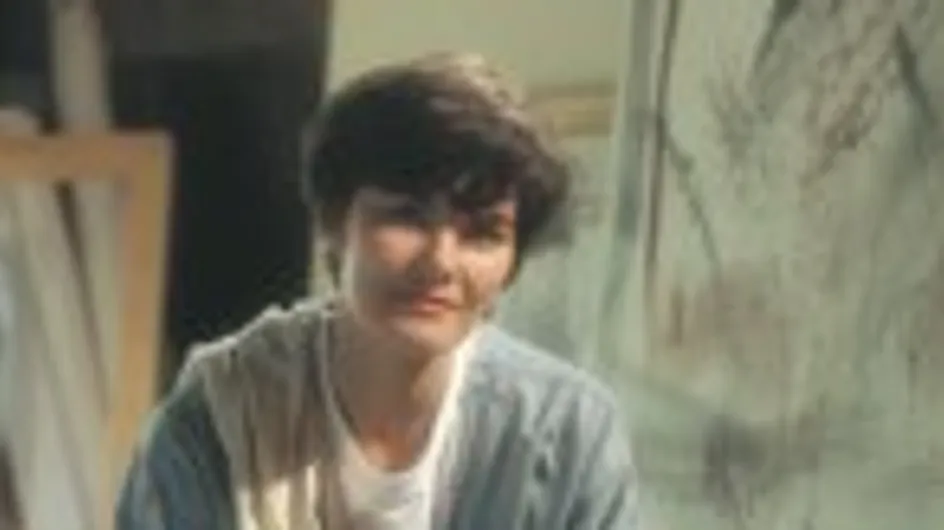What is expressive therapy?
Expressive therapy is a method that makes use of artistic creation to bring subconscious problems to life and change them. Through painting, drama, dance, writing, modelling or music, the patient succeeds in expressing distress and contradictions in ways other than words.
You don’t have to be a good artist or dancer, as the appearance of the finished piece doesn't matter! It's about letting yourself be carried away by your imagination, intuition and emotions in order to create. It’s through creation that certain characteristics are revealed. The approach borrows from psychotherapy, using ways of expression other than verbal language, and generates a source of liberation and awareness.
Who is it for?
Expressive therapy is advised for those who don’t want to (or are unable to) undergo classic psychotherapy or psychoanalysis. This is the case with people who struggle to express themselves with words, like children or teenagers. This form of therapy is used to treat psychosomatic problems, addictive behaviour, learning difficulties, behavioural problems, and even psychosis. Expressive therapy is also aimed at people who wish to work on their personal growth and develop better self-confidence.
What happens during a session?
A session of expressive therapy can take place individually or in a group. Beforehand, the therapist will meet the patient to define the motives that have led him to take part in expressive therapy. Then the therapist encourages the patient to express himself as spontaneously as possible: for example, if it’s through painting, by visually representing the aspect of his life he has decided to work on. The therapist helps the patient let himself go. In the beginning, this can seem difficult because of our tendency to analyse, but the aim is to be able to express oneself more freely.
You don't then interpret what you've created; the patient will experience forgotten memories, repressed emotions or a combination of ideas through his work. At the end of the session, the patient talks about what he has experienced and the therapist listens.
Which type of art?
Plastic arts, including painting and modelling, bring inner questioning to light.
Puppets allow you to express the subconscious and let go of inhibitions.
Drama and dance allow you to expel inner conflict, anxiety and frustration.
Music allows you to 'reclaim' your body.
Poetry and writing are also recognised for their therapeutic effects.
How many sessions are required before you get results?
The duration of therapy varies a lot from person to person.
Some forms of expressive therapy are available on the NHS. Otherwise, costs start at around £20 per session.
Who can I contact?
There are many associations in the UK that deal with the different approaches to expressive therapy. When choosing a therapist, make sure that they are registered with the Health Professions Council, the UK-wide body that sets standards in several fields, including expressive therapy.
For more information, contact:
The Health Professions Council: www.hpc-uk.org
The British Associations of Art Therapists: www.baat.org
The Association of Professional Music Therapists: www.apmt.org
The British Association of Dramatherapists: www.badth.org.uk
The British Association of Play Therapists: www.bapt.info
Finally...
Using art for therapeutic means isn’t new. Primitive societies, and later the ancient Greeks, used artistic elements to help themselves. However, expressive therapy wasn't invented until 1950!














